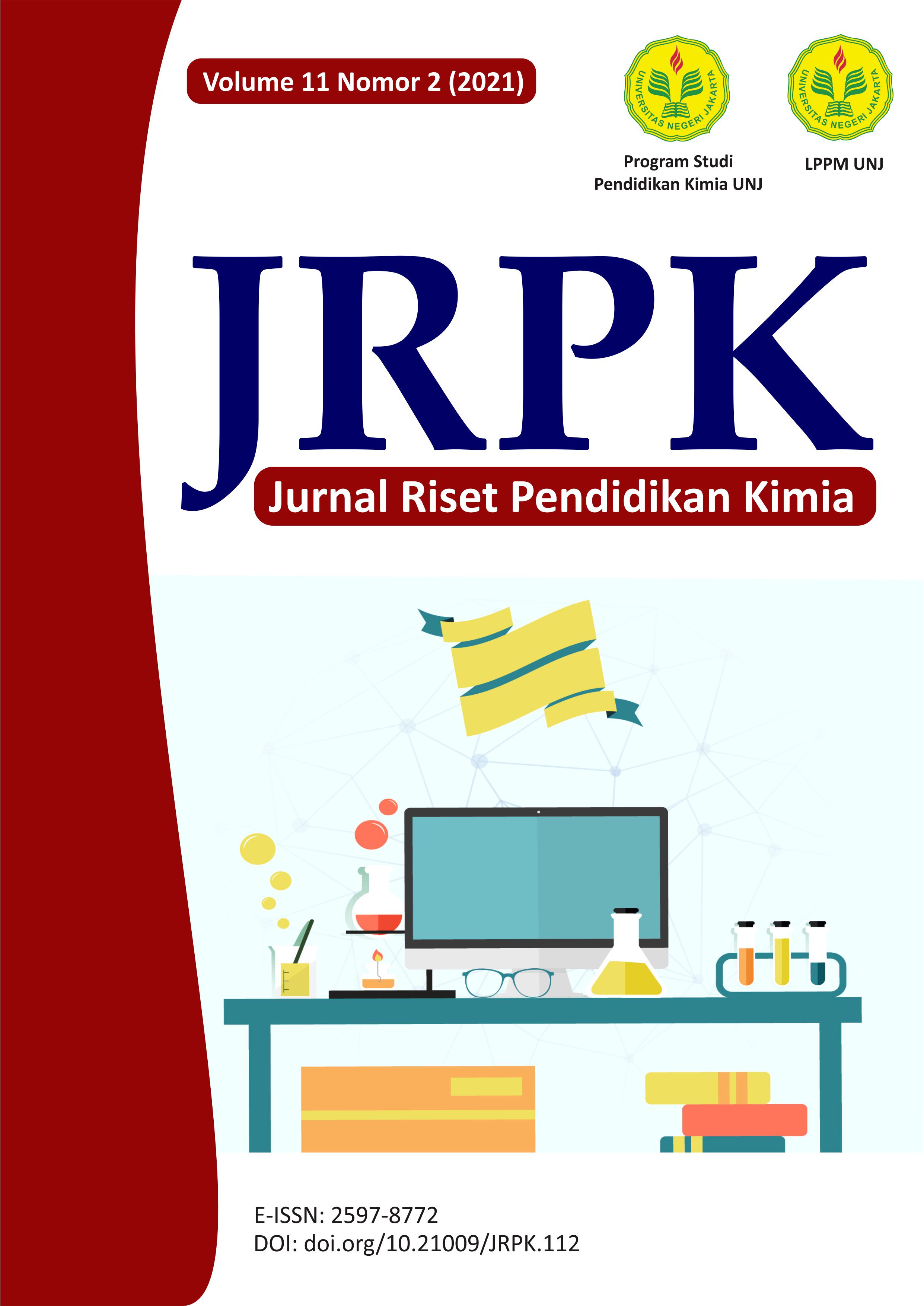Upaya Mengatasi Miskonsepsi Hidrolisis Garam Menggunakan Pendekatan Conceptual Change dengan Model Flipped Classroom
DOI:
https://doi.org/10.21009/JRPK.112.05Keywords:
misconceptions, conceptual change, flipped classroomAbstract
This study aims to overcome misconceptions in salt hydrolysis material with a conceptual change approach with a flipped classroom model. The research was conducted in class XI MIPA 3 SMA Kristen PENABUR Kota Wisata, Cibubur, with a total of 33 students. This research was conducted through a classroom action research method using the Kemmis and Mc Taggart model which consisted of 4 components, namely: planning, action, observation, and reflection. The research was conducted in three cycles. Data obtained from interviews, classroom observations, student reflections, open questions and two tier test instruments and validated essays. Data analysis was carried out through qualitative data analysis through a process of data reduction, coding and categories to describe changes in student misconceptions. The results showed that the students experienced misconceptions about the concept of salt, the acid-base properties of the salt solution and calculating the pH of the salt solution. The conceptual change approach with the flipped classroom model has facilitated students to change the misconceptions experienced through several stages of confrontation with students' initial concepts. Thus, the conceptual change approach with the flipped classroom model can be used to overcome misconceptions in chemistry learning, especially salt hydrolysis.
Keywords: misconceptions, conceptual change, flipped classroom






